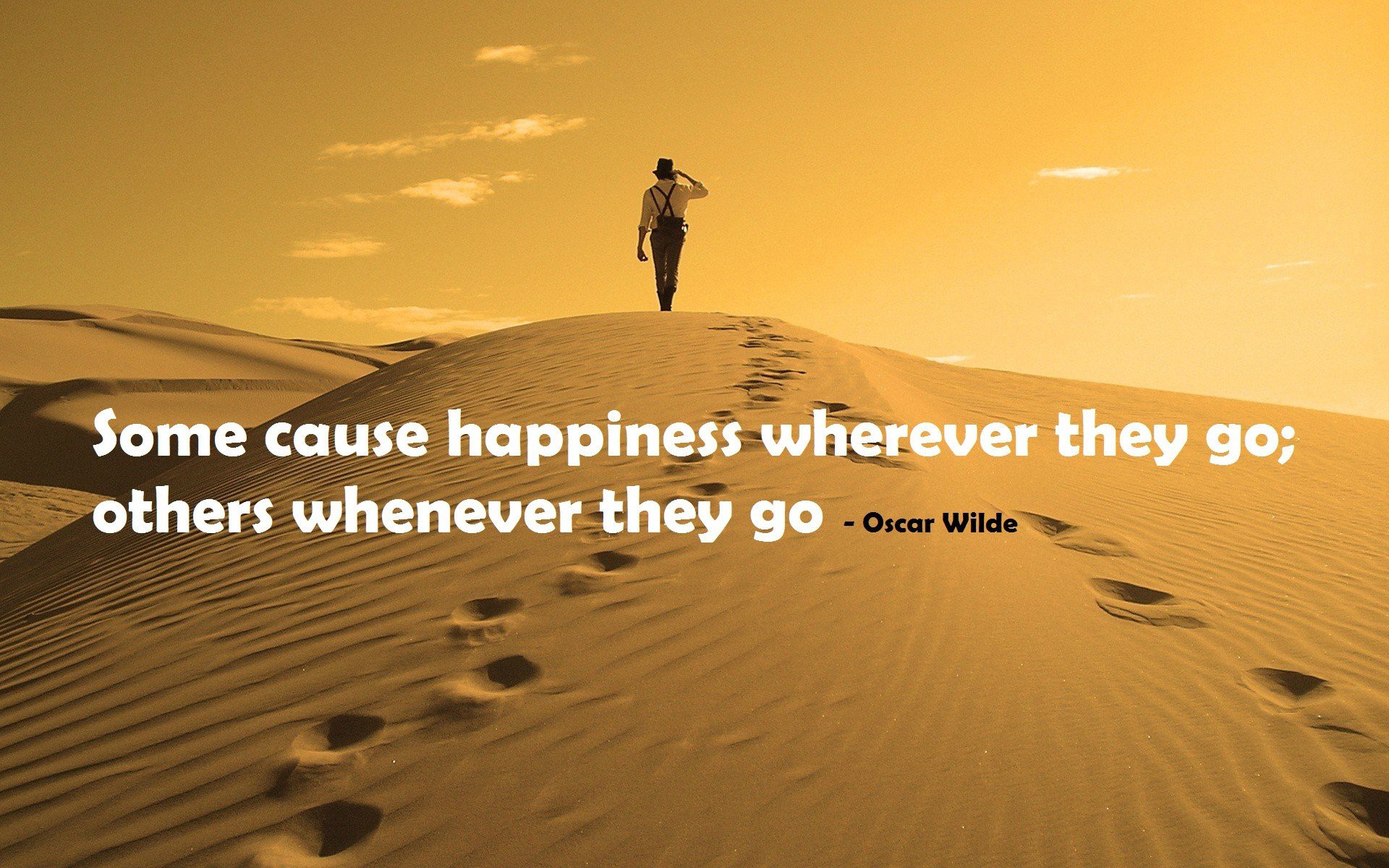The 400+ year old Japanese art of kintsugi (golden repair) or kintsukuroi (golden joinery) is a pottery repair method that honors the artifact?s unique history by emphasizing, not hiding, the break.
According to art historians, kintsugi came about accidentally (well, it does fit). When the 15th-century shogun Ashikaga Yoshimasa broke his favorite tea bowl, he sent it to China for repairs and was disappointed that it came back stapled together. The metal pins were unsightly, so local craftsmen came up with a solution ? they filled the crack with a golden lacquer, making the bowl more unique and valuable. This repair elevated the fallen bowl back to its place as shogun?s favorite and prompted a whole new art form.
An art form born from mottainai ? the feeling of regret when something is wasted ? and ?mushin,? the need to accept change: the cracks are seamed with lacquer resin and powdered gold, silver, or platinum, and often reference natural forms like waterfalls, rivers, or landscapes. This method transforms the artifact into something new, making it more rare, beautiful, and storied than the original.
You probably don?t expect other people to be perfect. You may in fact appreciate when people expose their vulnerabilities, show old wounds or admit mistakes. It?s evidence that we?re all fallible, that we heal and grow, that we survive blows to the ego or to our reputations or health and can live to tell the tale. Exposing vulnerabilities, by admitting errors, creates intimacy and trust in relationships, and fosters mutual understanding.
Still, though we?re often relieved when others are truthful, we?re afraid to expose ourselves. We see other people?s honesty about their flaws as positive, but we consider admitting our own failures much more problematic.
This happens because we understand other people?s experiences abstractly, but see our own very concretely. We feel the things that happen to us intimately and physically. On the other hand, what happens to others functions more like an instructive tale, because the pain of failure isn?t our own and the distance gives us perspective. We all understand in theory that bad things can happen. But we also feel really bad when they happen to us, and condemn ourselves.
Vulnerability is courage in you but inadequacy in me: that?s completely wrong. Like the kintsugi crafters who repaired the shogun?s bowl with gold long ago, imperfections are gifts to be worked with, not shames to be hidden.
Turn the ordinary into extraordinary
It?s absurd to be embarrassed about missteps and failures in our lives because they happen to everyone, and no experience is wasted.
Everything you do ? good, beautiful, bad, ugly ? can serve as a (life) lesson, even if it?s one you would never want to repeat again. Actually, mistakes can be the most important and effective experiences of all. And can be shared truthfully with those in need and that would deserve to learn that wisdom.
Things may fall apart. That?s life. But if you?re wise, you can use every scrap, patch yourself up, and keep going. That?s the essence of resourcefulness, resilience, persistence. It?s mottainai. Some philosophers would argue it actually is the meaning of life.
When we expect everything and everyone to be perfect, including ourselves, we not only discount much of what is beautiful, but we create a cruel world where resources are wasted, people?s positive qualities are overlooked in favor of their flaws, and our standards become impossibly limiting, restrictive, and unhealthy.
The kintsugi approach instead makes the most of what already is, highlights the beauty of what we do have, flaws and all, rather than leaving us eternally grasping for more, different, other, better.
In other words, the experiences you have, and the person you already are, suffice. You may occasionally chip and break and need repairs. And that?s fine. But reality is the best and most abundant material on the planet, available to anyone, comes for free, and we can all use what we already have ? including our flaws ? to be even more beautiful.
After all, our cracks are what give us character. And let us shine!

Further Reading & Videos
Kintsugi, In Wikipedia, The Free Encyclopedia. from https://en.wikipedia.org/w/index.php?title=Kintsugi&oldid=683186968
Kaufman, S. B., (2014) Scientific American; Beautiful Minds. Are you mentally tough. http://blogs.scientificamerican.com/beautiful-minds/are-you-mentally-tough/
Kushner, H. (1981). When bad things happen to good people. New York: Schocken Books.
Von Culin, K., Tsukayama, E. & Duckworth, A. L. (2014). Unpacking grit: Motivational correlates of perseverance and passion for long-term goals. Journal of Positive Psychology, 9(4), 1?7.
Wabi-sabi: The magnificence of imperfection: Cheryl Hunter at TEDxSantaMonica: https://www.youtube.com/watch?v=V1gxziZwmkc
When Mending Becomes an Art: https://www.youtube.com/watch?v=k3mZgs0vkDY


